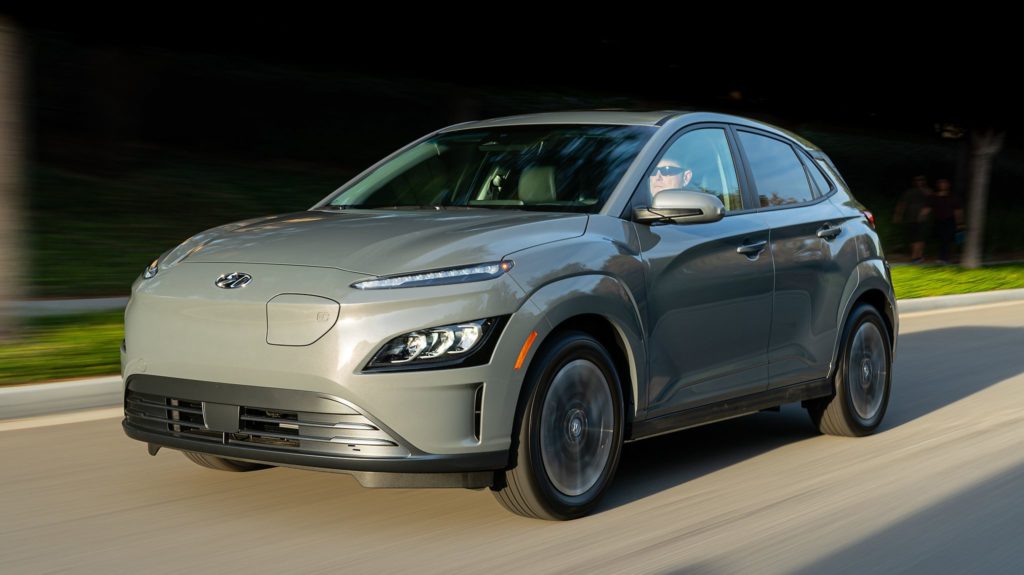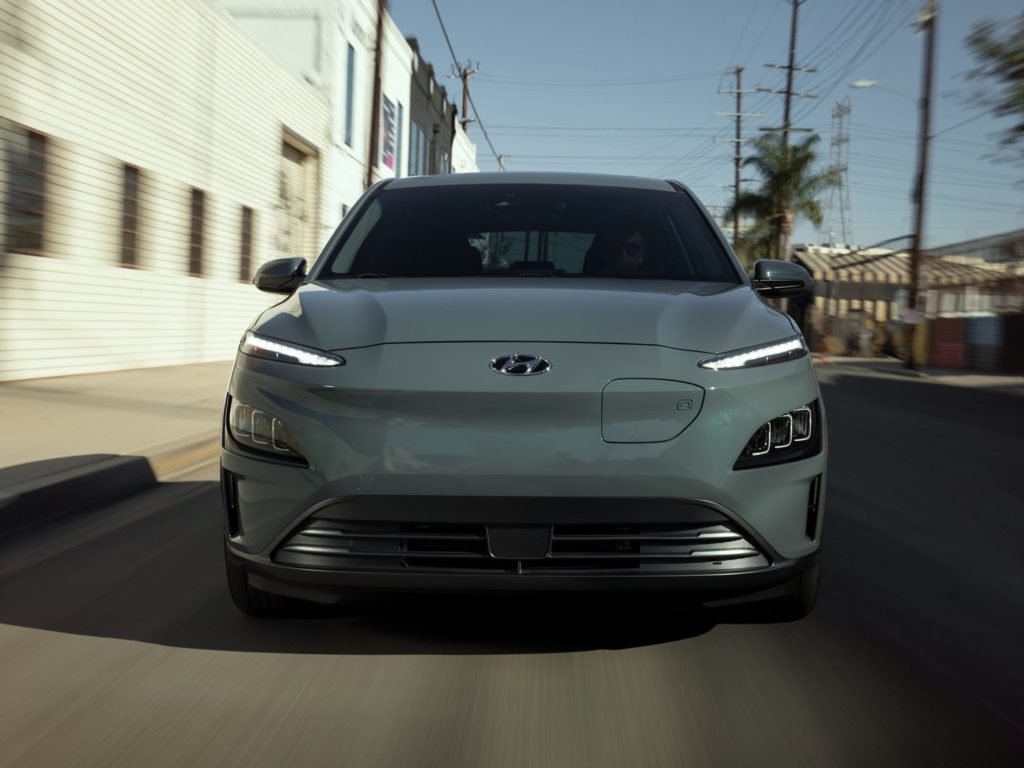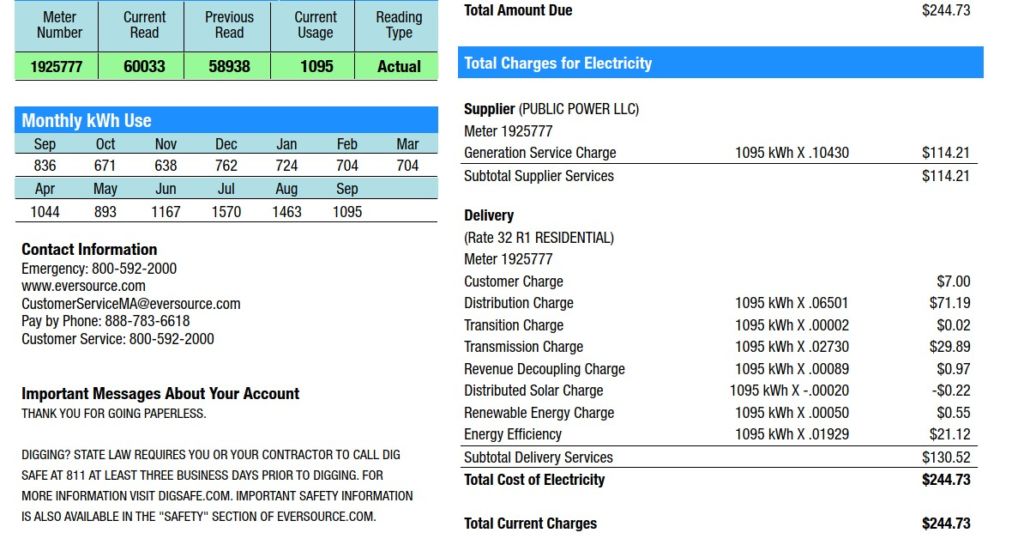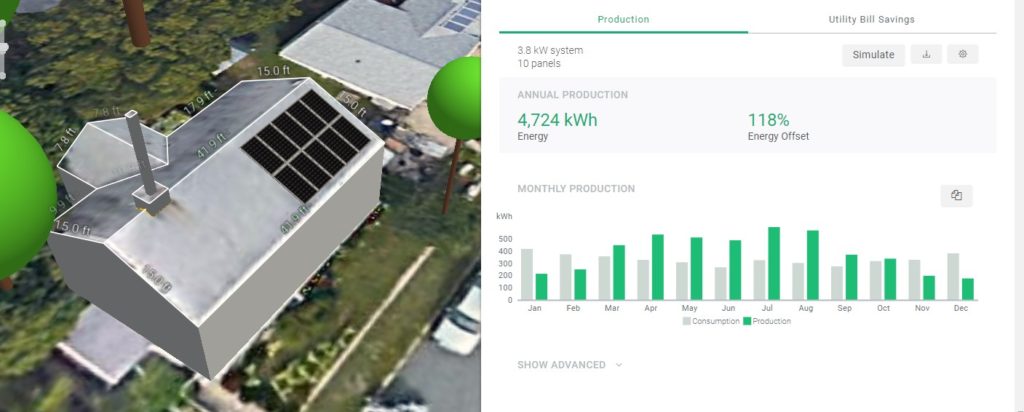
Whaling City Solar is dedicated to educating New Bedford and the surrounding region about where, how and why solar energy is so helpful to a home or business. This series of articles is dedicated to the growing percentage of the population that drives electric vehicles. Doesn’t it feel like EVs and solar panels go hand in hand? That’s because they do go great together, and we’re here to show you exactly why!
Today’s model: The 2021 Hyundai Kona

The specs we look at to match a perfect solar array:
| Battery Capacity | 64 kWh |
| Range | 258 miles |
| MPG equivalent | 120MPGe |
How much would this car add to your electric bill?
The Hyundai Kona has an travel efficiency of around 28kWh/100mi (fueleconomy.gov). So a 15,000 mile year in your new car will consume 4,200kWh, which is 350kWh per month. That means on your electric bill you would be adding 350kWh to each month in that chart in the upper left of the second page.

Your 350 additional kWhs are multiplied by each and every line item on the right side of your electricity bill, and to save you the math – they all add up to $0.22/kWh.
For example if in the summer your meter reads 1000kWh because of the AC running, that bill would come for $220. Using the same logic, the 350W kWh of extra electricity for our car is going to cost us on average about $77.00 per month. At 3.7 gal/100 miles (source: fueleconomy.gov), the Kona’s gas powered sister model would cost $135/month driving the same distance with gas at $2.93/gallon.
You didn’t realize gas was almost double the cost of electricity as a fuel source did you? Add it up and over the 6 year expected life span of the car, you could expect to save $4,824 driving the electric version vs the gas version of the same car. That’s on top of the $4,600 less in repairs as claimed by Consumer Reports.
How many solar panels would it take to power my Hyundai Kona all year?

How many solar panels would it take to generate 350kWh per month? If you have a moderately sunny roof, twelve Q.PEAK DUO BLK HL-G9 380W panels would get the job done. If you have a very sunny roof you could drop that number to ten panels. That’s less than half the roof area on a 1100sqft. home!
Is it a good idea to fill up the roof and offset the rest of the bill at the same time? Of course it is. However today we’re just looking at the power for the EV itself and its extra $77/month electric charge.
Those 10 panels would cost a total of around $9,200 after tax rebates to purchase outright. In addition to no longer paying the extra $77/month EV charges on the utility bill, your 10 panels will also generate another $40/month in state incentives through the Massachusetts SMART program. A little pocket money for helping out the environment.

Between the electric savings, and incentives, your solar project will pay for itself in 5 years. During your car’s 6 year life span, the solar panels will have already completely paid for themselves in year 5!
Now your electric car, which already saved you $4,824 vs. paying for gas, is powered by local, free Massachusetts sunshine. That’s pretty amazing stuff. What’s really amazing is that while the car gets traded in for pennies on the dollar, the panels are ready to give you another 20 years of clean power without needed any maintenance.
This same array will likely be providing free power for the next 3-4 EV’s that will call your driveway home. That’s a great idea of what to do with solar power in my book.
Do you live in South Coast MA or Cape Cod? Have you gotten a free quote for a solar array from us in the past year? Prices have dropped more than you think!

